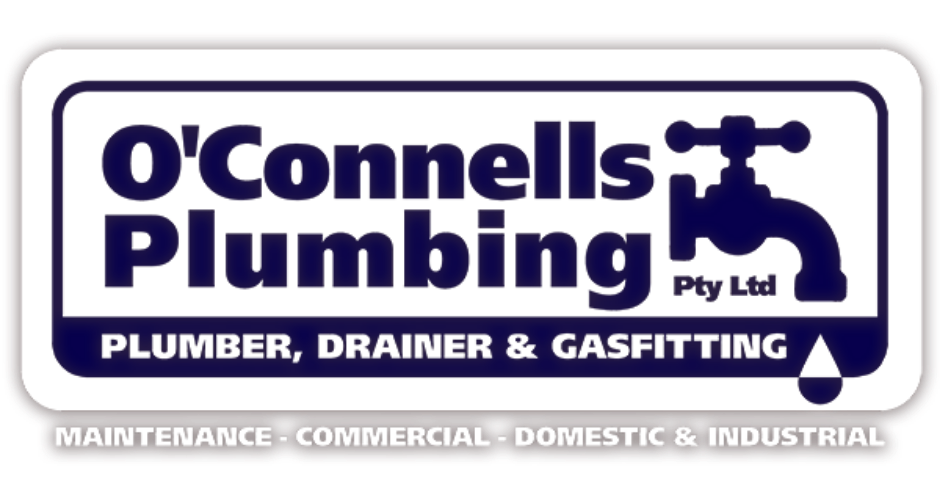Rural poly pipes are made to withstand geological vibrations and movements, natural temperature changes and degradation from UV rays through an included carbon black in the polyethylene material. It has a typical life span of 50-100 years therefore making it suitable for an agricultural environment even when exposed to direct sunlight.
Blue poly pipes are used for potable or drinking water. They typically have a higher water pressure rating than rural poly and are designed to be used with irrigation systems that are connected to mains or town water supply. The pipe itself is made from PE100 or HDPW and is safe for drinking water applications and contains no harmful toxins or chemicals such as BPA.
Rural black poly has a lower pressure rating and is used in irrigation systems connected to off grid water supplies that use pumps and also tend to be more budget friendly.

Printed onto the pipe is also the PN (pressure Nominal). For blue stripe poly this is usually PN16, which means it is for a maximum of 1600kpa. There is also the OD (outside diameter) which is measured in millimetres. PE100 is the third generation of pipe grade PE and is a high performance plastic engineered to deliver.


